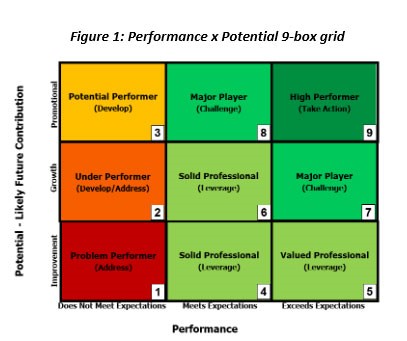Focus on your Talent : The Importance of Succession Management
Developing strong talent and building bench strength within an organization’s workforce enhances the financial value of an organization.1 However, the market has been faced with a talent shortage, leaving key roles unfilled or filled with personnel not fit for the position.2,3 This requires a strategic approach to succession management, that includes:
- Creating a continuous pool of strong talent
- Aligning people with the most appropriate roles
- Enabling a business to successfully adapt and change
- Engaging talent by developing them and allowing them to contribute
- Enhancing employee satisfaction and engagement
- Improving bottom-line performance through:
- Lower turnover/Improved retention
- Cost savings
- Higher performance benchmark
Although succession management has been identified as a critical component for business success, organizations often fall short of “doing it right” for a number of reasons:
- Organizations do not allocate substantial resources to developing talent, in part due to the lack of focus, attention, alignment, support and attention from senior leadership.3
- Often succession management is not tied to the strategic mission of the organization or integrated into the culture.
- Succession management is viewed as a one-time event vs. a process.
- Organizations demonstrate a lack of follow through on development plans.
- Too much weight is given to past performance vs. potential when identifying successors.
- Companies are too often focused on hiring from outside rather than promoting internally.
By following these simple steps, organizations can reap the tremendous rewards of a structured succession management process.
- Talent Needs Assessment.Develop success profile(s) for the role(s) with a future-oriented perspective. Start by developing a future-based competency model that identifies necessary skills and experiences needed to meet the demands of the role, as well as leadership expectations and behavioral competencies critical to success in the position. Examples of future based competencies include strategic thinking, resiliency, inspiring and developing others, creativity and innovation.
- Assess Talent. Using performance reviews, psychometric assessments, and 360-feedback, identify your high-potential candidates by categorizing your talent pool into the 9-box grid of Performance and Potential in Figure 1.

- Conduct Talent Review.Selected assessors, to allow for multiple perspectives, should conduct a thorough assessment process to identify each candidates’ talent strengths and gaps, essential development experiences, and potential derailers to inform talent performance, development, and successor selection decisions.
- Development. Align individual development activities with organizational goals and values that aid in the transitioning process and are designed to address the individual’s performance gaps. Utilize multiple development modalities, such as 360-feedback, coaching, executive education programs, and on-the-job learning experiences.
- Monitor and Measure.Periodically check the progress of new successors at frequent intervals through Talent Review meetings and re-assess the predefined leadership competencies in order to focus efforts on developing specific areas in need of improvement. Talent development is a continuous process that requires ongoing feedback and support.
A critical success factor in any strategic management process is senior-level “buy-in” and involvement. Use specific metrics to evaluate the process, and draw clear distinctions between performance, potential, and readiness. In addition, the talent management process must be systematic and integrated within the culture of the organization and spread across all levels. A successful succession management process will build the talent pool to ensure the right talent is in the right place at the right time.
References
- Kochansi, J. & Rich, J. (1999). Win the talent war by raising the performance bar. American Compensation Association, 6-7.
- Wellins, R. S., Smith, A. S., & Erker, S. (2009). Nine best practices for effective talent management. Development Dimensions International, 1-14.
- Church, A.H. & Silzer, R. (2013). Going behind the corporate curtain with a blueprint for leadership potential: An integrated framework for identifying high-potential talent. People & Strategy Journal, 36(4). 50-58.


